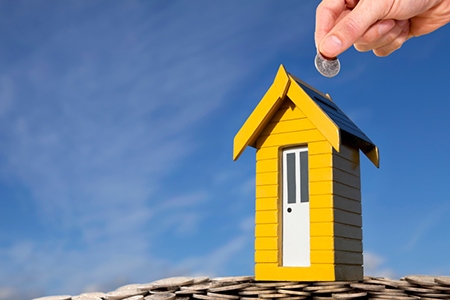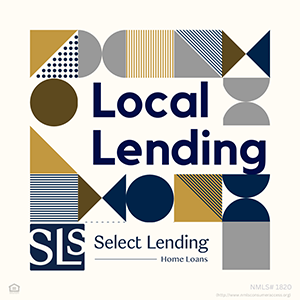
Understanding Investment Properties: What You Should Know
Unlike a second home, where a homeowner lives for a portion of the year, an investment property is property that the homeowner uses to generate income, and in most cases, is not occupied by the homeowner at any time. Trying to figure out if your next home falls under second home or investment home status? Ask yourself: are you using it to make a profit? If the answer is yes, it’s an investment property.
A few examples of investment property include:
- A condo at the beach that you rent out to vacationers
- A house that you rent to long-term tenants
- A home you purchased to “flip” (buy and resell in a short period of time)
Financing
If you need to finance your investment home, expect higher interest rates and a larger down payment. Most lenders find investment properties riskier, and your rates will reflect that.
Multi-Unit Homes
A popular investment home model is a split-family home or an apartment building; this allows the owner to live on the property and make a profit from renting out additional units. These properties are often eligible for traditional financing and do not necessarily require an investment property loan.
So long as you use one of the units in the home for year-round living, you should be able to finance the property through a conventional loan, receiving lower rates and a lower down payment.




